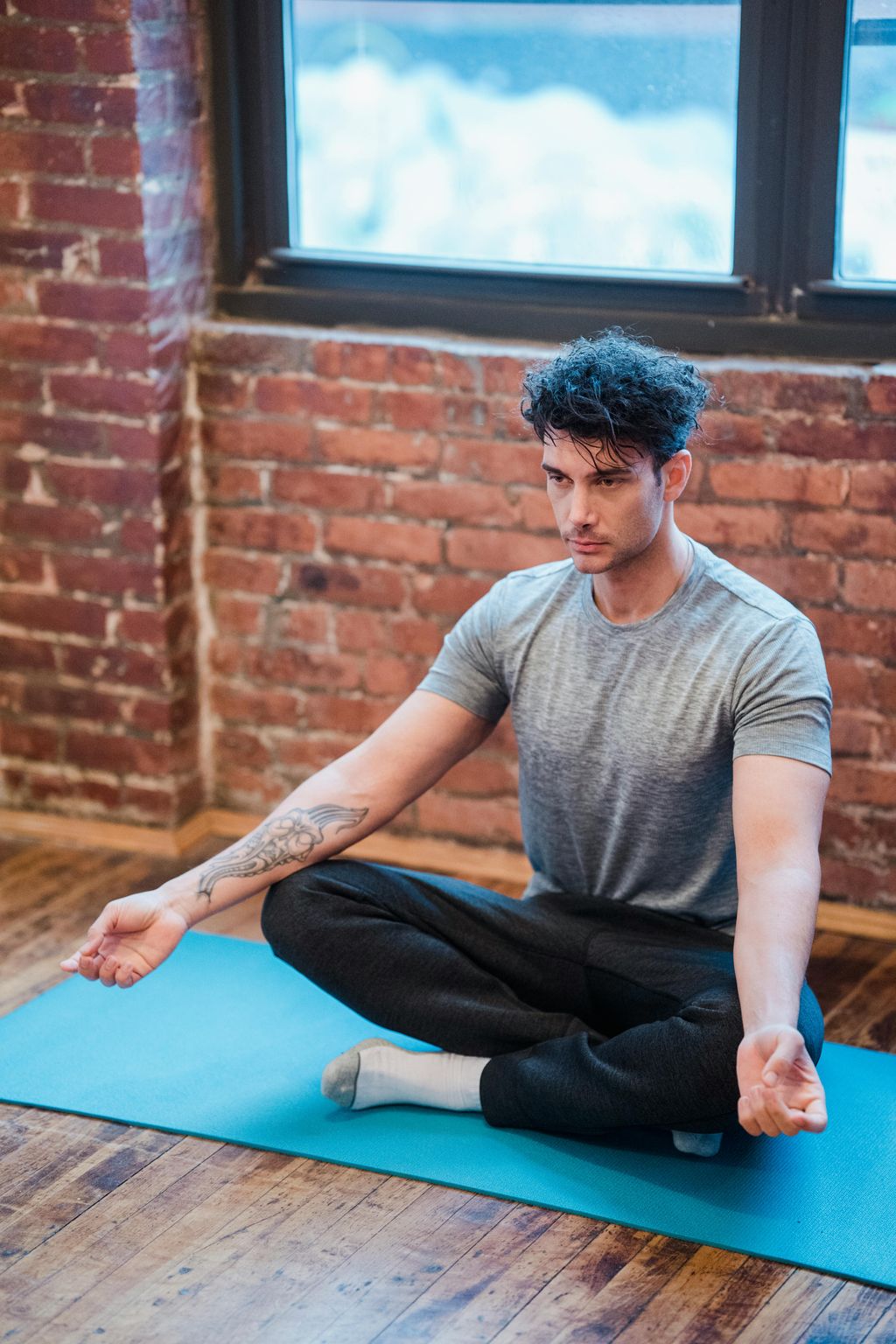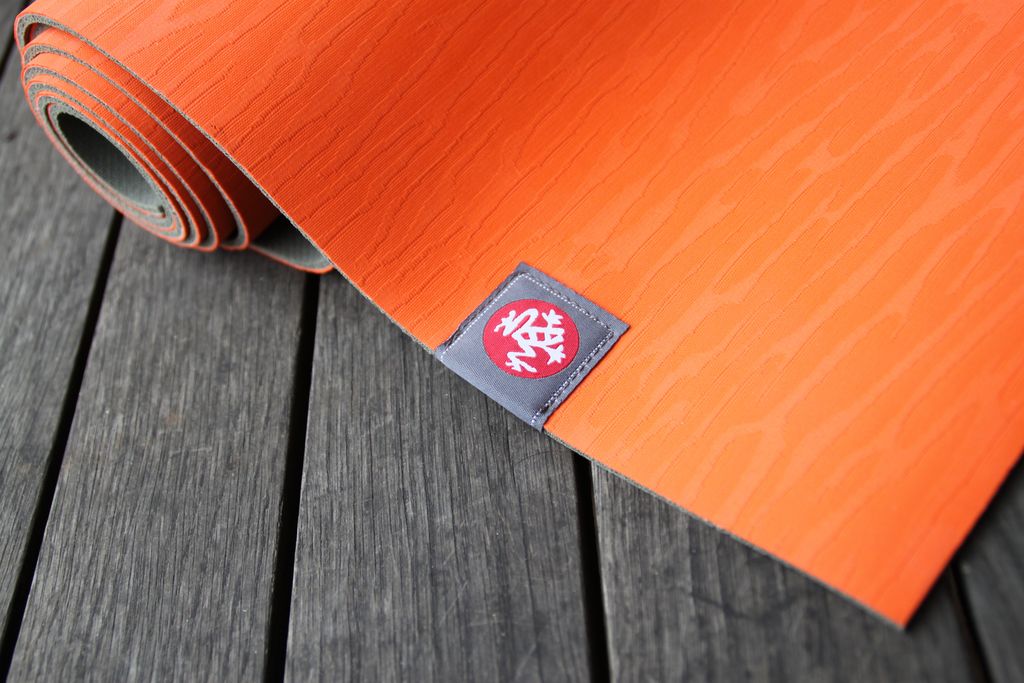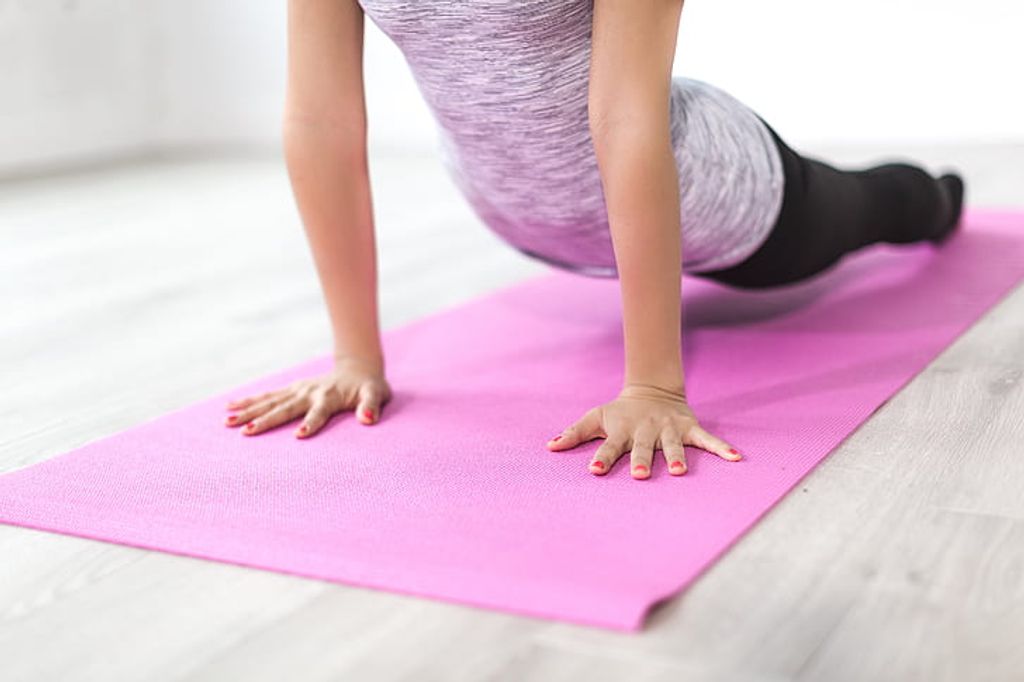
Yoga Mat On Carpet: How to Practice Yoga Safely
Practicing yoga on a carpeted surface can present some challenges, but with the right techniques and equipment, it can be done safely and comfortably. In this article, we will discuss how to choose the right yoga mat for carpet, how to prepare your carpet for yoga practice, tips for practicing yoga safely on carpet, and additional tips for a comfortable yoga practice.
Key Takeaways
- Choose a yoga mat with appropriate thickness and a non-slip surface.
- Look for eco-friendly materials when selecting a yoga mat.
- Clean your carpet before practicing yoga to ensure a clean and hygienic surface.
- Use a yoga mat towel to absorb sweat and provide extra grip.
- Place a non-slip rug pad under your yoga mat to prevent it from sliding on the carpet.
Choosing the Right Yoga Mat
Consider the Thickness
When choosing a yoga mat for practicing on carpet, it is important to consider the thickness. A thicker mat provides more cushioning and support, which can be beneficial when practicing on a soft surface like carpet. However, it is also important to find a balance, as a mat that is too thick may make it difficult to maintain stability and balance in certain poses. Finding the right thickness that suits your needs and preferences is key.
Look for Non-Slip Surface
When choosing a yoga mat for practicing on carpet, it is important to look for a non-slip surface. A non-slip surface will provide the necessary grip and stability to prevent any accidental slips or falls during your yoga practice. This is especially important when practicing more challenging poses or sequences that require a strong foundation. A non-slip surface will also help to keep your mat in place on the carpet, ensuring that it doesn't slide or move around as you move through your practice.
Check for Eco-Friendly Materials
When choosing a yoga mat, it is important to consider the environmental impact of the materials used. Look for mats that are made from natural and sustainable materials such as organic cotton, natural rubber, or jute. These materials are not only better for the planet, but they also provide a non-toxic and chemical-free surface for your yoga practice.
In addition to being eco-friendly, these materials also offer excellent grip and durability. Natural rubber mats, for example, have a sticky surface that helps prevent slipping, even on carpet. Jute mats are another great option as they are made from a renewable plant fiber that is both biodegradable and antibacterial.
By choosing a yoga mat made from eco-friendly materials, you can practice yoga with peace of mind, knowing that you are making a positive impact on the environment.
Preparing Your Carpet for Yoga
Clean the Carpet
Before starting your yoga practice on the carpet, it's important to ensure that the carpet is clean and free from any dirt or debris. A clean carpet not only provides a hygienic surface for your practice but also helps to maintain the longevity of your yoga mat. Here are a few tips to clean your carpet before practicing yoga:
- Vacuum the carpet thoroughly to remove any loose dirt or dust.
- Spot clean any stains or spills using a mild detergent and a clean cloth.
- Consider using a carpet cleaner or steam cleaner for a deeper clean.
Keeping your carpet clean will create a more pleasant and comfortable environment for your yoga practice.
Use a Yoga Mat Towel
Using a yoga mat towel can provide additional grip and stability during your yoga practice on carpet. A yoga mat towel is designed to absorb sweat and prevent slipping, allowing you to focus on your poses without worrying about sliding on the carpet. It is especially useful for hot yoga sessions where you may sweat more. Look for a non-slip yoga mat towel that is made of high-quality materials for maximum effectiveness.
Place a Non-Slip Rug Pad
To further enhance the stability of your yoga practice on carpet, it is recommended to place a non-slip rug pad underneath your yoga mat. A non-slip rug pad provides an extra layer of grip, preventing your mat from sliding or shifting during your yoga session. This added stability allows you to focus on your poses without any distractions.
Practicing Yoga Safely on Carpet
Warm-Up and Stretch
Before starting your yoga practice on carpet, it is important to warm up your body and stretch your muscles. This helps to prevent injuries and prepares your body for the physical demands of the practice. Here are a few warm-up exercises and stretches you can incorporate into your routine:
- Neck Rolls: Gently roll your neck in clockwise and counterclockwise directions to release tension.
- Shoulder Rolls: Roll your shoulders forward and backward to loosen up the muscles.
- Side Stretches: Stand with your feet hip-width apart and reach one arm overhead, bending to the opposite side to stretch the sides of your body.
- Forward Fold: Stand with your feet hip-width apart and slowly bend forward, reaching towards your toes to stretch your hamstrings.
Remember to listen to your body and only go as far as feels comfortable. It's important to warm up gradually and not push yourself too hard. By incorporating these warm-up exercises and stretches into your routine, you can ensure a safe and effective yoga practice on carpet.
Maintain Proper Alignment
Maintaining proper alignment is crucial in yoga to prevent injuries and get the most out of your practice. When practicing on a carpet, it's important to pay extra attention to your alignment as the soft surface may not provide as much stability as a hard floor. Here are some tips to help you maintain proper alignment on a carpet:
- Engage your core muscles to support your spine and maintain a neutral alignment.
- Keep your shoulders relaxed and away from your ears.
- Align your hips over your knees in poses like tabletop or cat-cow.
- Ground down through your feet and distribute your weight evenly in standing poses.
Remember to listen to your body and make adjustments as needed to ensure you're practicing safely and effectively on a carpet.
Modify Poses as Needed
When practicing yoga on a carpet, it's important to listen to your body and modify poses as needed. Flexibility is key in yoga, so if a pose feels uncomfortable or causes pain, don't push yourself too far. Instead, make adjustments to find a variation of the pose that works for you. For example, if a seated forward fold is challenging on the carpet, try sitting on a folded blanket or using a bolster for support. Remember, yoga is about finding balance and honoring your body's limits.
Tips for a Comfortable Yoga Practice
Wear Comfortable Clothing
When practicing yoga, it is important to wear comfortable clothing that allows for easy movement and flexibility. Choose clothing made from breathable materials that wick away sweat to keep you cool and comfortable throughout your practice. Avoid wearing clothing that is too tight or restrictive, as this can limit your range of motion and hinder your ability to fully engage in the poses. Opt for loose-fitting tops, leggings, or shorts that allow for unrestricted movement. Additionally, consider wearing layers that can be easily removed or added as needed to maintain a comfortable body temperature.
Use Props for Support
Using props during your yoga practice can provide additional support and stability. Props such as blocks, straps, and bolsters can help you modify poses, deepen stretches, and maintain proper alignment. Here are some ways you can incorporate props into your practice:
- Blocks: Place blocks under your hands to bring the ground closer and provide support in standing poses or when reaching the floor is challenging.
- Straps: Use straps to extend your reach and improve flexibility in poses that require a deeper stretch.
- Bolsters: Utilize bolsters to support your body in restorative poses, allowing for relaxation and release.
Experiment with different props to find what works best for you. Remember to listen to your body and only use props that enhance your practice. With the right props, you can enhance your yoga experience and make your practice more accessible and enjoyable.
Take Breaks When Needed
During your yoga practice on carpet, it's important to listen to your body and take breaks when needed. Pushing yourself too hard can lead to injury or strain. Rest is an essential part of any physical activity, including yoga. If you feel fatigued or overwhelmed, it's perfectly okay to pause and take a moment to rest. This allows your body to recover and prevents overexertion. Remember, yoga is about finding balance and honoring your body's limits.
Tips for a Comfortable Yoga Practice
Conclusion
In conclusion, practicing yoga on a carpeted surface can be safe and effective with the right precautions. By using a high-quality yoga mat, maintaining proper alignment, and listening to your body, you can enjoy the benefits of yoga without compromising your safety. Remember to consult with a qualified instructor for guidance and modifications, especially if you have any pre-existing conditions. So go ahead, roll out your mat on the carpet, and embark on a journey of physical and mental well-being.
Frequently Asked Questions
Can I practice yoga on a carpet?
Yes, you can practice yoga on a carpet. However, it is recommended to use a yoga mat on top of the carpet for better grip and stability.
What thickness of yoga mat is suitable for carpet?
A yoga mat with a thickness of around 5mm to 8mm is suitable for practicing yoga on a carpet. This thickness provides enough cushioning and support.
How can I prevent the yoga mat from slipping on the carpet?
To prevent the yoga mat from slipping on the carpet, you can use a non-slip rug pad underneath the mat. This will provide additional grip and stability.
Can I clean the yoga mat if it gets dirty on the carpet?
Yes, you can clean the yoga mat if it gets dirty on the carpet. Follow the manufacturer's instructions for cleaning the mat, which usually involves wiping it with a damp cloth or using a mild detergent.
Should I warm up before practicing yoga on carpet?
Yes, it is important to warm up before practicing yoga on carpet. This helps to prepare your body for the poses and reduces the risk of injury.
Can I use props for support while practicing yoga on carpet?
Yes, you can use props such as blocks, straps, or bolsters for support while practicing yoga on carpet. Props help to modify poses and make them more accessible.


